1987 4Runner Gets a Beautifully Rebuilt 22RE
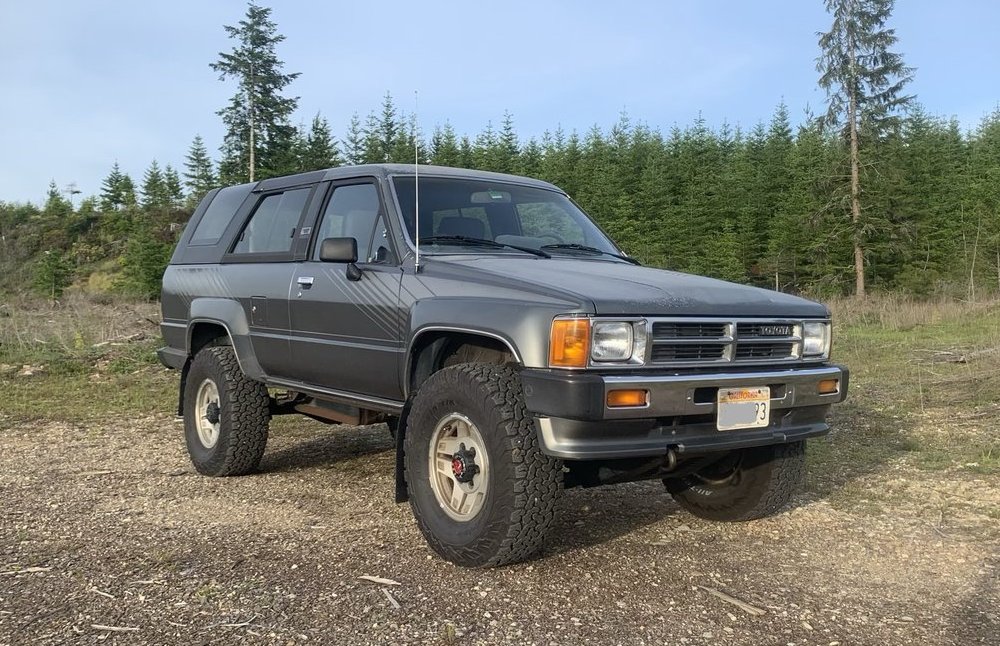
4Runner looks great and thanks to the new engine and some help from a family member, it runs great.
One of the reasons that the older Toyota 4Runner is still so popular was that they are practically invincible. Whether you are daily driving or playing in the mud, these old school SUVS are amazingly rugged and durable. However, as time goes on and the miles pile up, even a well maintained 4Runner will need some engine work.
Forum member “Herky” has a cousin who owns a clean 1987 Toyota 4Runner, but over time, the original 22RE engine was getting tired. Fortunately, the OP has the mechanical knowledge to help his cousin rebuild an engine that they got from a junkyard and the build was chronicled in the Build-Up Section.
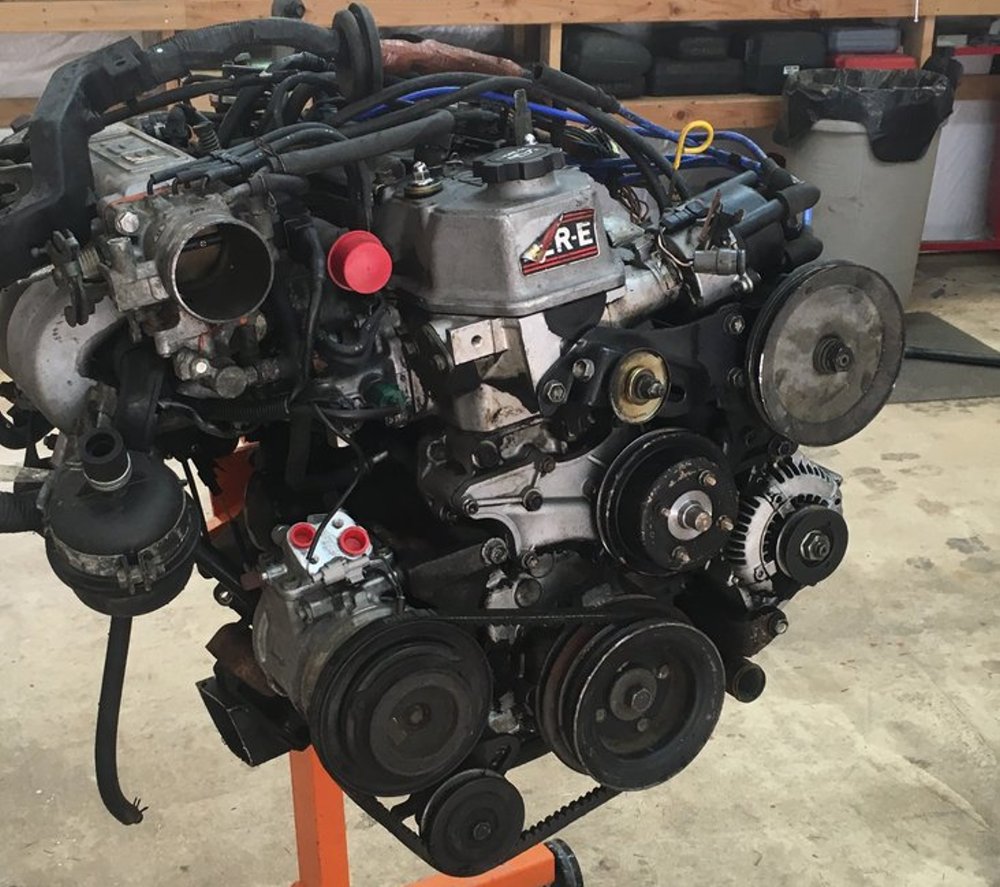
22RE 4Runner Build Introduction
When the OP first started this build-up thread, he did so by posting the fresh-from-the-junkyard pictures of the engine that was being rebuilt for the 4Runner. As you can see, the engine was in rough shape and it was clearly in need of a total overhaul. At first, he didn’t include any information, but in the replies, the OP shared some basic details on the project.
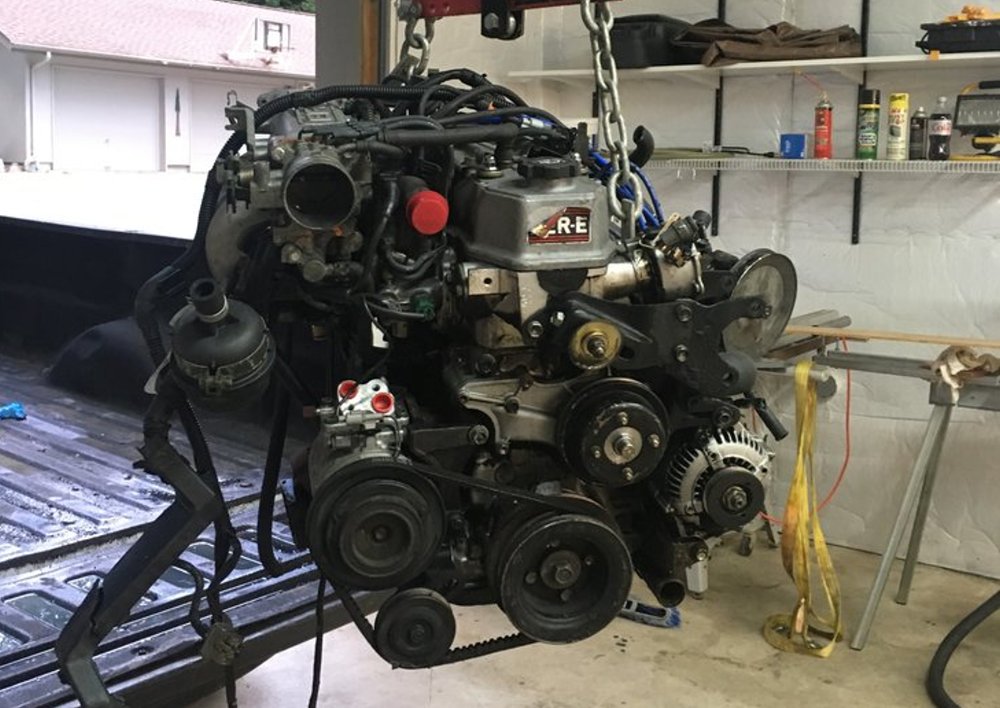
This build started last August 2018 as a project with my young cousin who owns a clean and stock 87 4runner. His runner runs well, but he often talked about eventually doing a build, but college has kept him busy. I picked up this 22re at a junkyard out of a wrecked 89 pickup 2wd auto trans, with 189,000 miles. As with most junkyard claims, I was told it runs. The price was $600 and included all accessories (alt, ps, ac), wiring harness and computer. It was an oily mess and appeared to have had the at least the head and front over off by a PO. I discussed with Chris as “plug-and-play”. We would build the motor and get it as ready as we could for a swap.
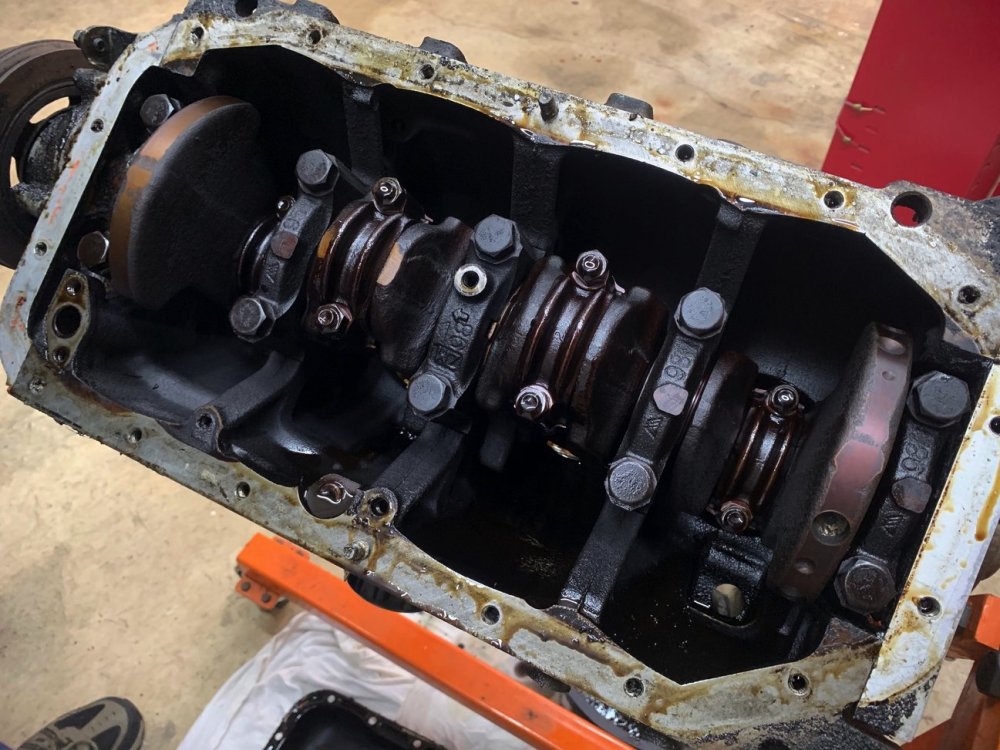
Later on, the OP included more information.
This has been a first build for Chris and I. The 22re is a great motor for a first build. I spent months reading the forums. Had a FRM (a must!) I took over a hundred pics, so if anyone wants to see something in particular, please ask. The engine is almost complete. I have spent a lot of time cleaning and painting parts and Chris was able to get all the brackets, valve cover and manifolds cleaned or blasted. Also took the opportunity to learn how to rebuild power steering pump and tried to rebuild alternator but commutator too deeply scored. Planning on air conditioning compressor. Pics to follow. Feel free to criticize (constructively please) and make suggestions.
The Rebuild
Over the course of the next five pages, the OP shared detailed pictures of the 22RE engine being assembled for the 1987 Toyota 4Runner. With each image, and there are many of them in the thread, he included a sentence or two, providing a brief walkthrough of the process. As members showed interest in the build, the OP shared more elaborate details in replies that are free of images. As a result, this is a great thread to read through if you just want to check out the pictures, but if you are really interested in the details, they are all there.
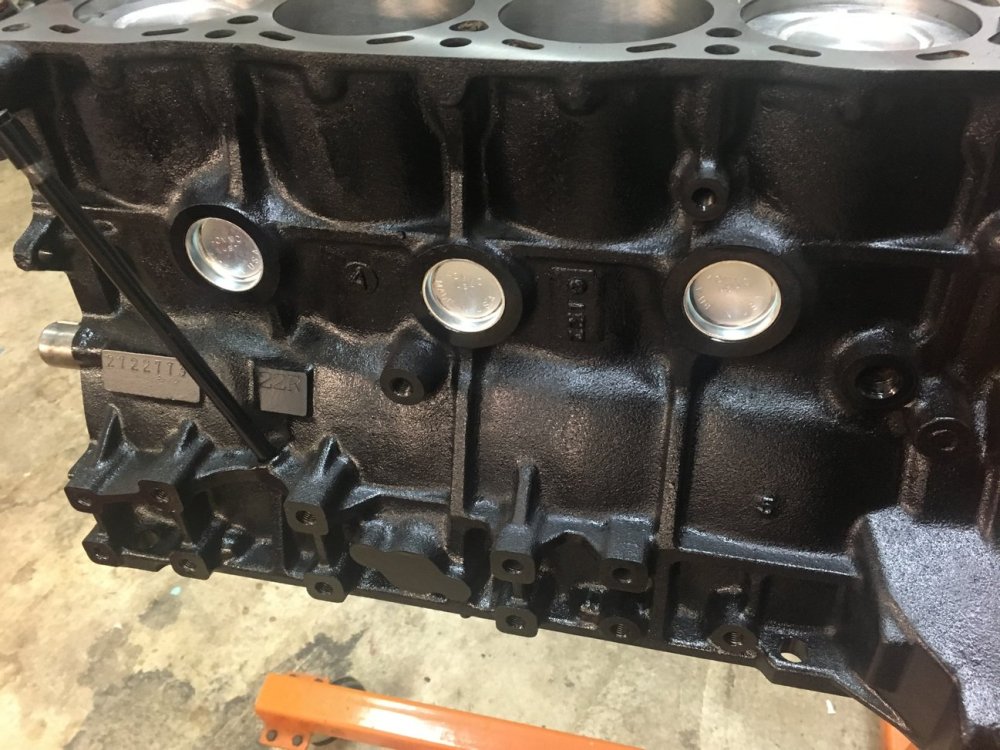
Doing a “Plug-and-Play” was the concept that Chris and I discussed. It seemed to me that if you have a vehicle that is running, even somewhat badly, and having a vehicle down for months at a time is not an option, one might consider a plug-and-play. I just happened to see this engine on Craig’s list from a local auto recycler. He wanted $750 and I managed to talk him down to $600. Given all the parts were there, and a rebuild was intended, I thought it was a good buy. 22re parts on Craig’s list, eBay, and Amazon can get expensive. A complete engine, including harness and computer, may provide you with parts for resale that will offset the cost of the build. As I have said, this engine was from an 89 2wd truck with auto trans and would go into an 87 runner 4wd manual. Chris’ runner is a CA car and emissions set up is different. Air injection was not used on CA cars that year and factory block off plates on the exhaust manifold are used. We will be able to sell the complete air injection system which include the number 1 and number two air injection tubes, the lower manifold reed valve, and the “silencer/ resonator” unit.
We would go with the 89 intake upgrade, his 87 harness and computer. Doing it this way enabled this first build to go slowly, learning about 22re and understanding differences between the 87 and 89. It also enabled us to progress as finances allowed. The engine was purchased last August and we are still working on it. Sometimes we make mistakes and have to go back and correct.
For example, had some difficulty with the metal guide for timing chain. Front cover would not seat and am glad I didn’t force it. Modified guide hole and cover. Problem solved. Another lesson leaned was not to trust that head bolt holes in block are thoroughly cleaned. I went to torque a head bolt (stock toyota) and it “felt funny”. Glad I stopped. You can crack a block that way. Crud in that hole. Decided to remove all bolts, tap each (with a “bottom” tap) and got lots of stuff out. It was then I changed my mind and went with ARP. So I have one complete new set of gennie Toyota head bolts for sale new in the bag, and second set of gennie toyota head bolts that were torqued (undamaged) but engine never run. Both sets are available for sale.
This mistake cost me the price of a new Toyota head gasket (ouch) as I had torqued crushed the old new one. Some told me that I could have used the old one but I didn’t want to take the chance. As I said, I’m new at this.
Putting in ARP head bolts meant the stock valve cover needed to have the small gussets near the front of the valve cover ground down. Additionally, the internal valley of the valve cover was filthy. I purchased some cheap Chinese milling bits on Amazon for about 10 bucks. I milled off the rivet head, removed the baffle and then milled the gussets, drilled out the rivets and tapped the holes for button head hex bolts. I was a bit unnerved doing this, scared I would drill though the valve cover. Chris blasted the cover, and it was put together with a new gasket for PCV. Pics and more to follow.
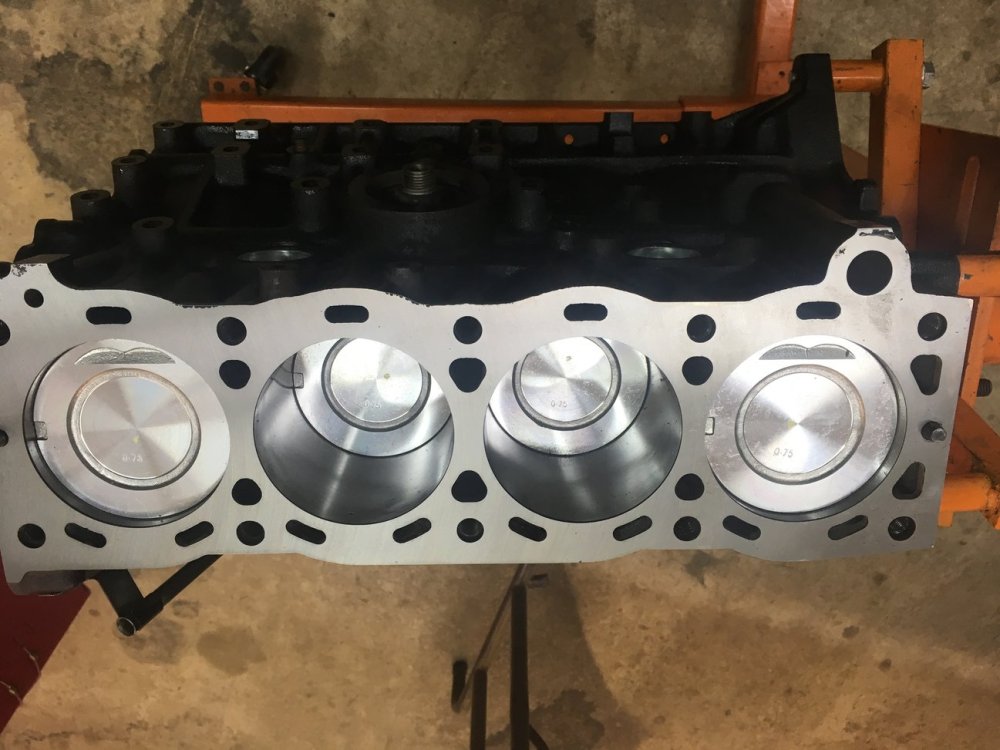
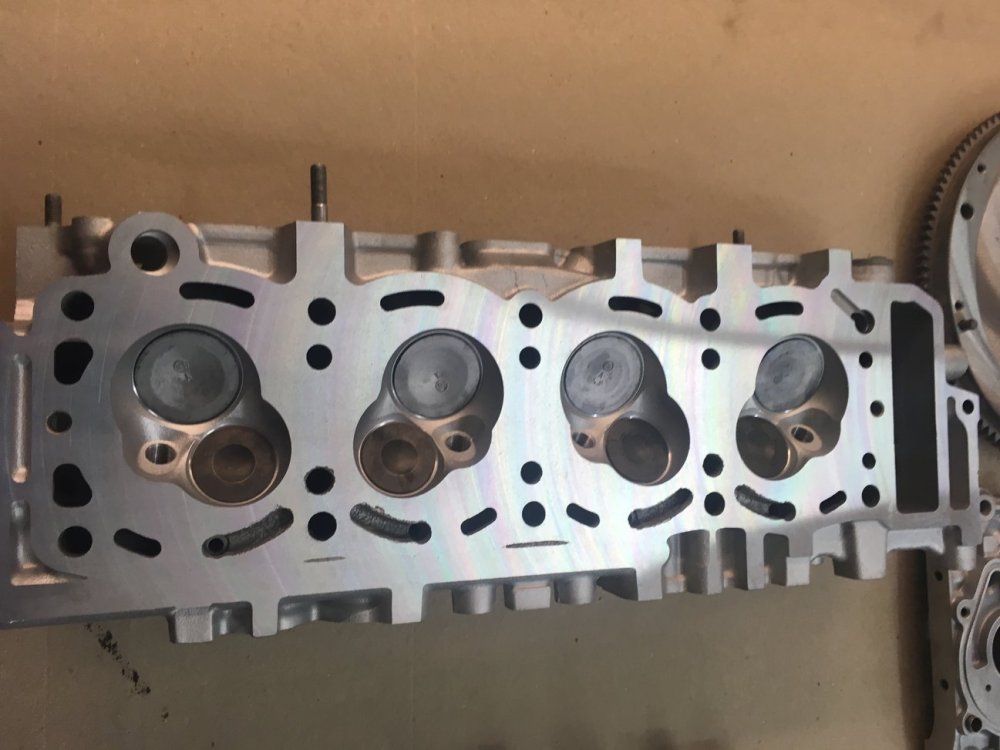
Also, the thread looks at most of the major hang-ups along the way, with information on how each obstacle was conquered during the build. Very little was left untouched during the build and in the thread, details on just about every step were included.
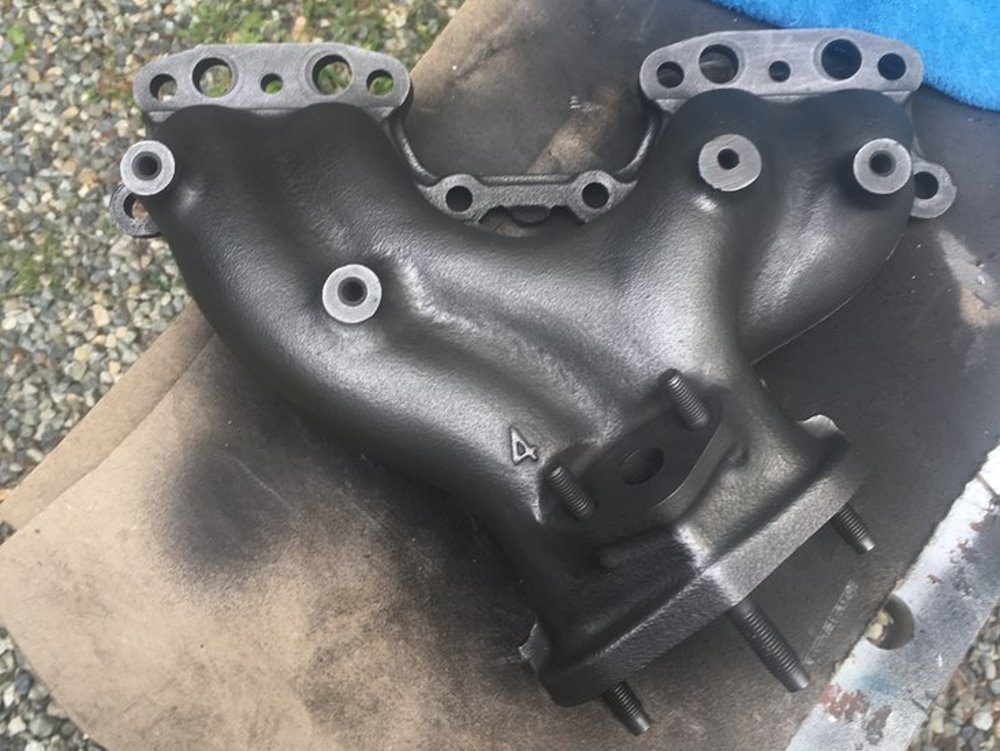
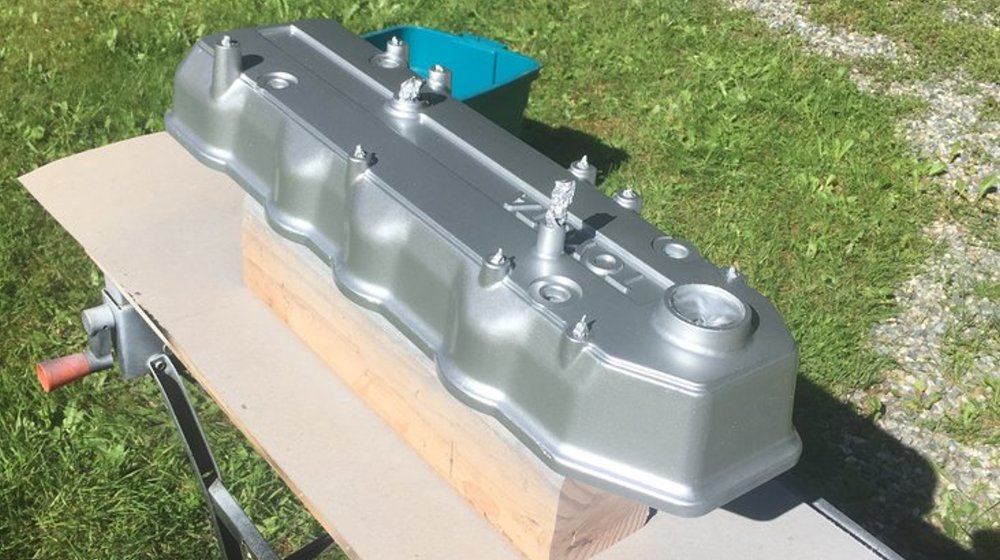
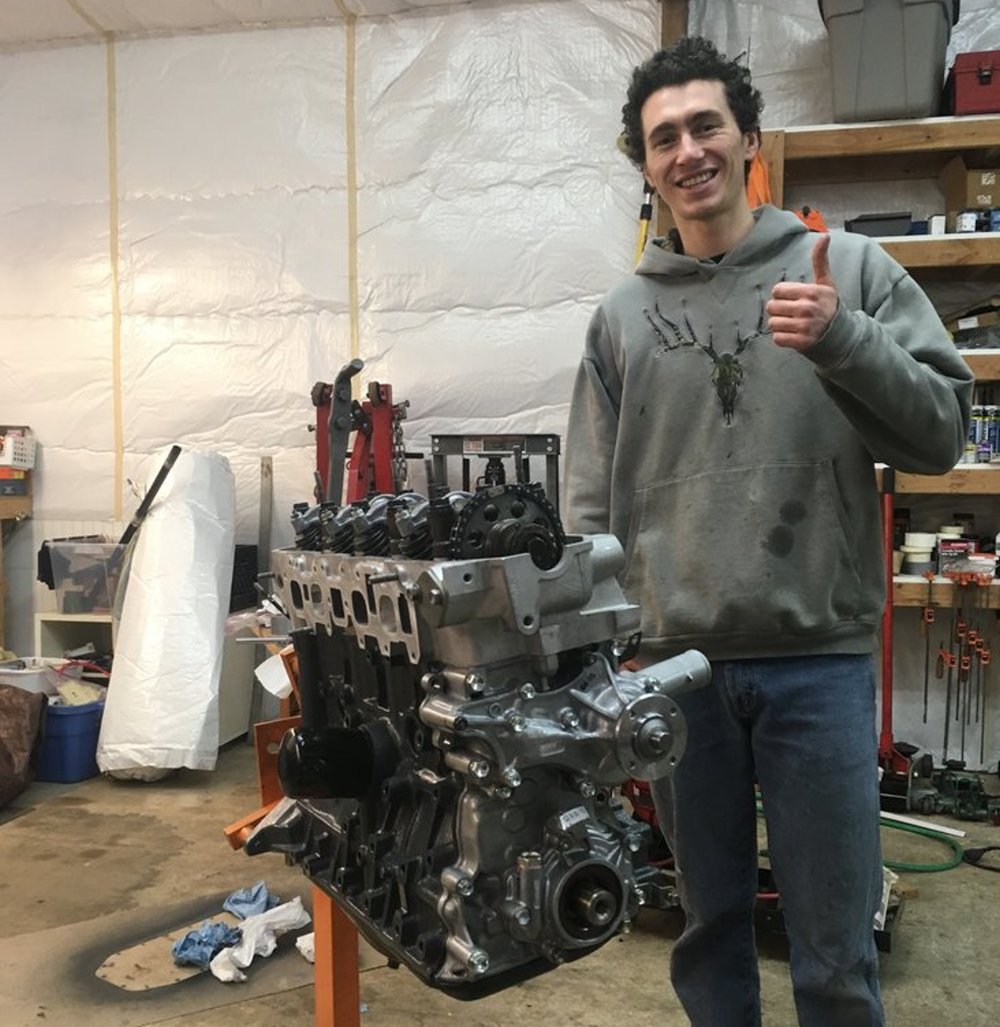
The Finished Product
This build thread spans more than a year and in that time, the 22RE went from an ugly junkyard piece to a new-looking engine. The thread even includes images and information on the install, along with some input on how the rebuilt engine performs in the 1987 4Runner.
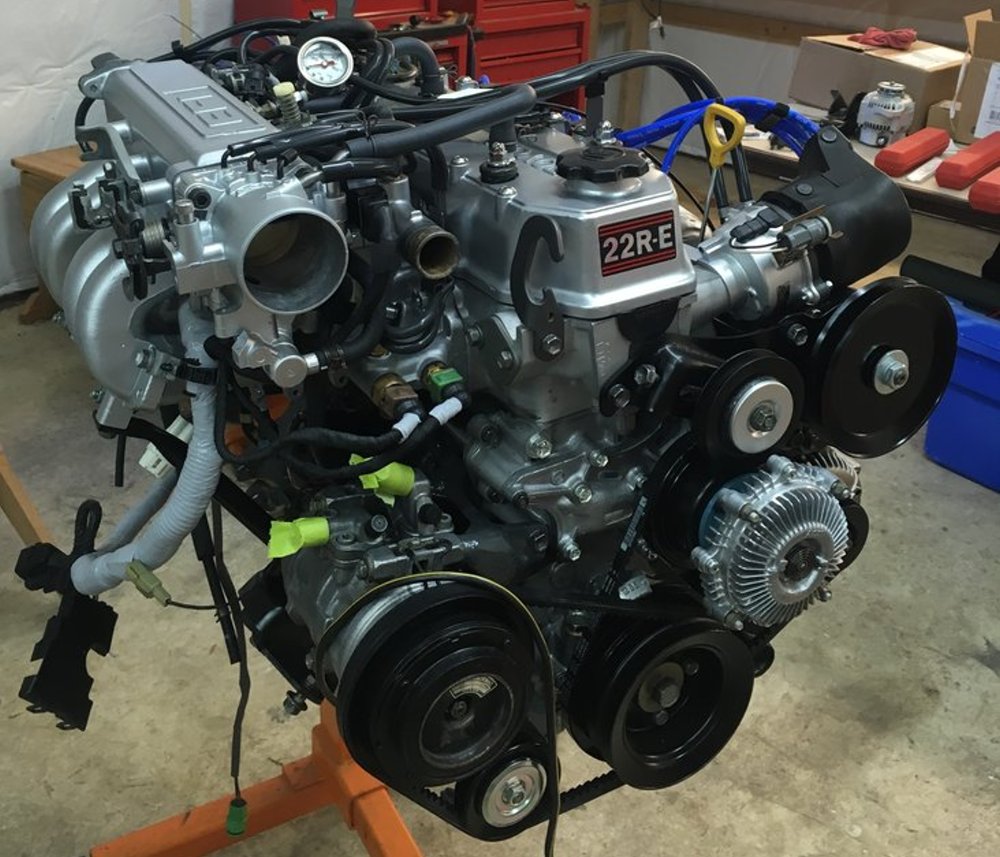
Some background…when I was putting the engine together, I got to the point of installing the fuel log and upper manifold. Problem was I needed a set of injectors to continue and the old engine was still in the 4runner. I convinced Chris to spring for a set of rebuilt injectors. When I got them, they looked sad, but I installed them anyway. They were terribly pitted, but had new o-rings and seals. There was no “report” on flow rates. I should have stopped there. ALL of them leaked, especially number 4 and this caused the awful gas mileage. Reading the spark plugs told the story. They all passed the resistance test, but I did not leak test them. While the car started and ran great, soon the soot was coming out of the tailpipe and the fuel smell was awful. I hope we didn’t hurt the nearly new catalytic converter.
We sent the injectors from the old engine to Mr. Injectorin Idaho. Turnaround was quick, and we installed them yesterday. The injectors looked beautiful. They were expertly painted black and looked brand new. Accompanying them was a copy of a professional report, with before and after data, spray pattern info and percentage improvement. They not only looked new, they tested new. The engine runs great!. No more black soot coming out the tailpipe along with black condensation.
Hopefully, Chris and I will get out on a road trip in a few days and do a detailed gas mileage report which I have promised quite awhile ago, but I am certain we discovered the problem and corrected it.
Chris claims this engine never ran as smoothly or quietly. We balanced the rotating assembly and set the valve lash at a snug .007 Intake/.011 exhaust. This has been a very satisfying build and hope you all enjoyed this thread and thank you for your comments and following along.
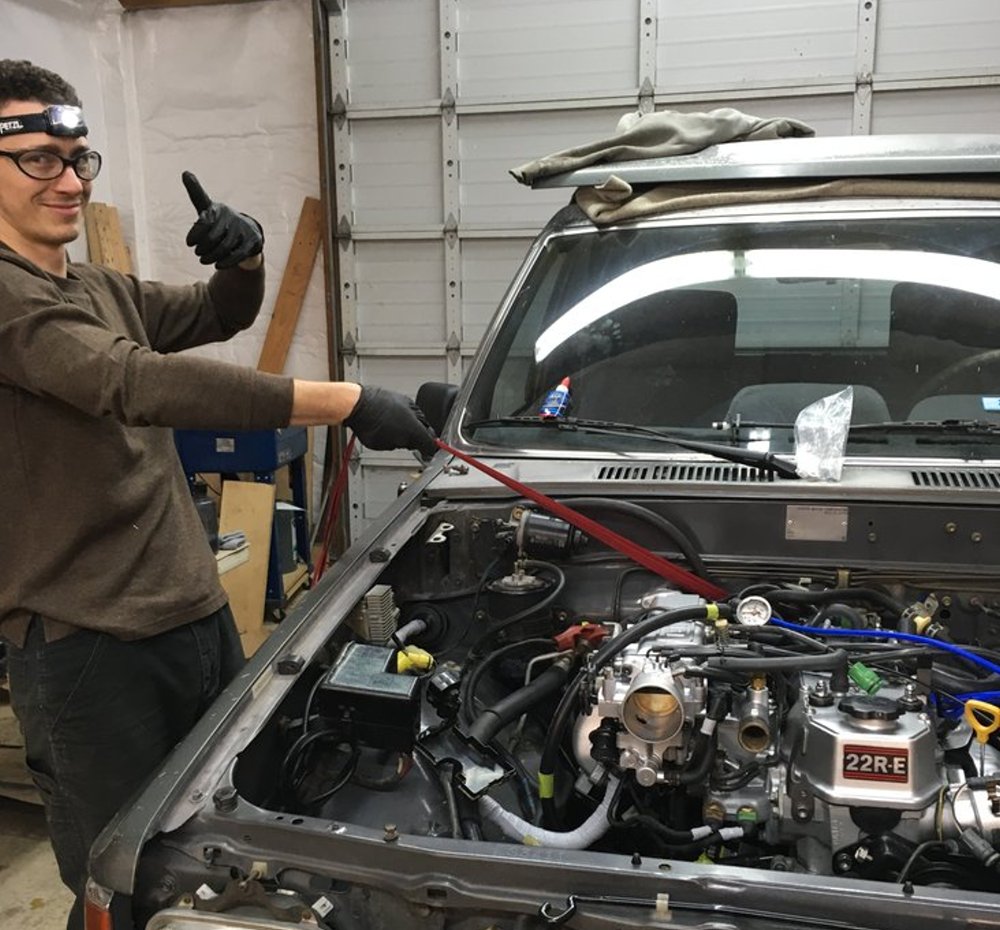
We have barely scratched the surface of this 22RE build project, so we recommend that everyone who is interested in the older 4Runners click here to check out the entire project in the original thread.
Photos: YotaTech Forum Members
